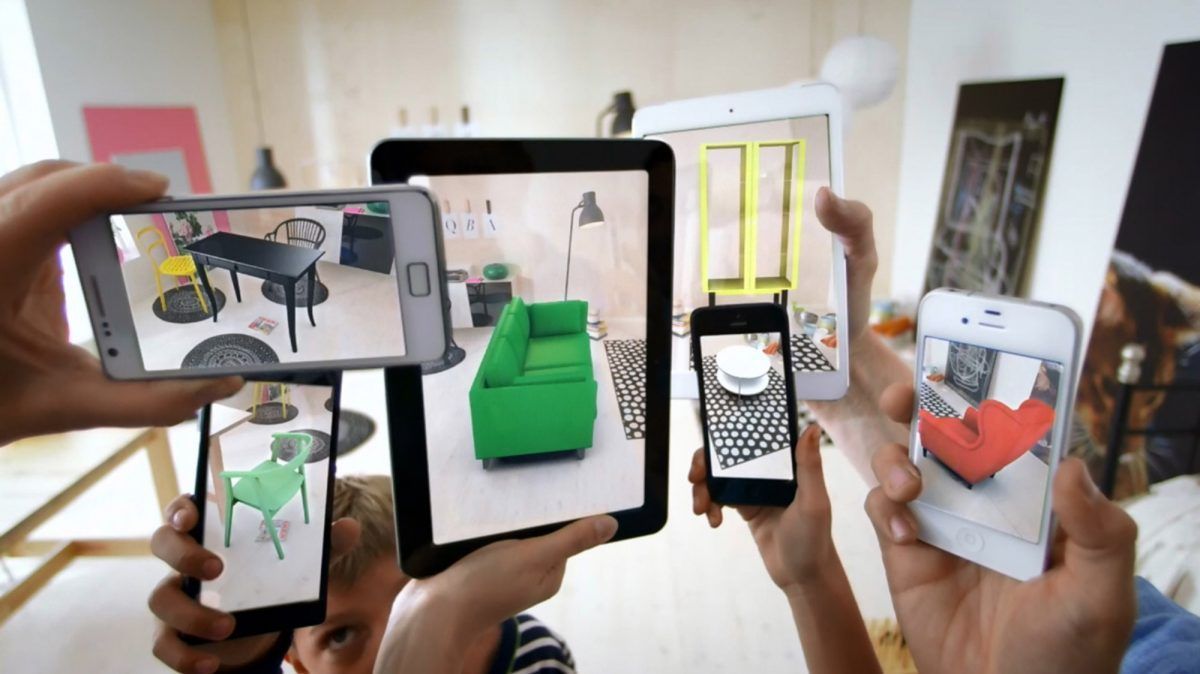Exhibiting Excellence: Mastering Trade Shows with Augmented Reality
Introduction
In an era where technology continues to transform various sectors, the events and exhibitions industry is not left behind. One innovation that has taken this industry by storm is Augmented Reality (AR).
What is Augmented Reality?
Augmented Reality (AR) is a revolutionary technology that superimposes computer-generated enhancements onto a user's real-world view, thereby enriching their perception and interaction with reality.

The Fusion of Real Life and Computer-Generated Imagery
AR blends real life and computer-generated images, creating an immersive and interactive experience that connects users with the environment in a novel and exciting way. This fusion has numerous applications, from gaming and entertainment to healthcare and, yes, trade shows.
The Emergence of Augmented Reality in Trade Shows
Trade shows have always been about showcasing products and services, engaging with potential customers, and creating unique experiences that attendees will remember. With AR, these goals are becoming easier and more innovative to achieve.

3D Models and AR: Creating Unique Experiences
Imagine a trade show booth where attendees can interact with a 3D model of your product, manipulate it, view it from all angles, and even simulate its usage, all through augmented reality. This unique experience is not only entertaining but also informative, and it greatly enriches the interaction between the exhibitor and the show visitors.
Trade Show Booths: The New Reality
With AR, trade show booths are no longer static displays of products and services. They have transformed into dynamic, interactive experiences that can engage visitors in a much more immersive way. Augmented reality at trade shows is providing great opportunities for businesses to stand out from the crowd.
CES 2023 - Ansys Booth Augmented Reality Experience
Engaging Show Visitors with AR
One of the primary aims of any trade show is to engage visitors. AR brings an unparalleled level of engagement, transforming passive spectators into active participants who can interact with the products on display in ways never thought possible.
Opportunities for Businesses with AR
Potential Customers and AR
AR allows businesses to show potential customers what their products and services can do in a more detailed and immersive way. It provides a platform for the customers to virtually experience the products, thereby building a stronger connection between the customer and the brand.
Product Demos in AR
Product demos using AR are more interactive and engaging. They can demonstrate how a product works in real-world situations, providing a realistic and relatable demonstration that static images or videos cannot match.
AR vs. Traditional Print Materials
Traditional print materials such as brochures and catalogs have their place, but they simply cannot compete with the interactivity and engagement level of AR. With AR, you're not just telling potential customers about your product—you're letting them experience it for themselves.
The Future of AR in Trade Shows
Smart Glasses and VR Headsets: The Tools of Tomorrow
Smart glasses and VR headsets are bringing AR experiences to a new level of immersion. With these tools, trade show attendees can explore products and services in an entirely new way, making them more engaged and more likely to remember your brand.
Virtual Reality (VR) vs. Augmented Reality (AR)
While VR creates a completely artificial environment, AR enhances the real world with additional information or imagery. Both have their uses, but the immersive nature of AR, combined with the ability to interact with the real world, makes it an extremely powerful tool for trade shows.
Conclusion
Augmented Reality is revolutionizing the way trade shows are conducted. By providing unique, immersive, and interactive experiences, AR presents a host of opportunities for businesses to engage with potential customers. It's not just about showcasing products anymore—it's about creating experiences. The future of trade shows is here, and it's augmented.
FAQs
- What is the difference between Virtual Reality (VR) and Augmented Reality (AR)?
While VR immerses the user in a completely artificial environment, AR overlays digital enhancements onto the real world. - Can AR replace traditional print materials at trade shows?
AR offers a different kind of experience compared to print materials. While print materials still have their place, AR provides an interactive and immersive experience that can engage visitors in a unique way. - How can AR create a unique experience for trade show attendees?
AR allows attendees to interact with products and services in a completely new way—through 3D models, interactive demos, and immersive experiences that engage the user on multiple levels. - What are the advantages of using AR at trade shows?
AR can increase visitor engagement, provide a unique experience, differentiate a business from its competitors, and offer potential customers a more detailed view of the products or services. - Are special tools or equipment needed to use AR at trade shows?
Depending on the complexity of the AR experience, tools such as smartphones, tablets, smart glasses, or VR headsets may be required. However, many AR applications can be accessed simply using a smartphone or tablet.
TALK TO A PRO
We're here to bring your brand to life!
Stay Connected with BrandXR
Create Augmented Reality for Free!
Create, Publish, and Measure 3D Augmented Reality Experiences Without Having to Code.














